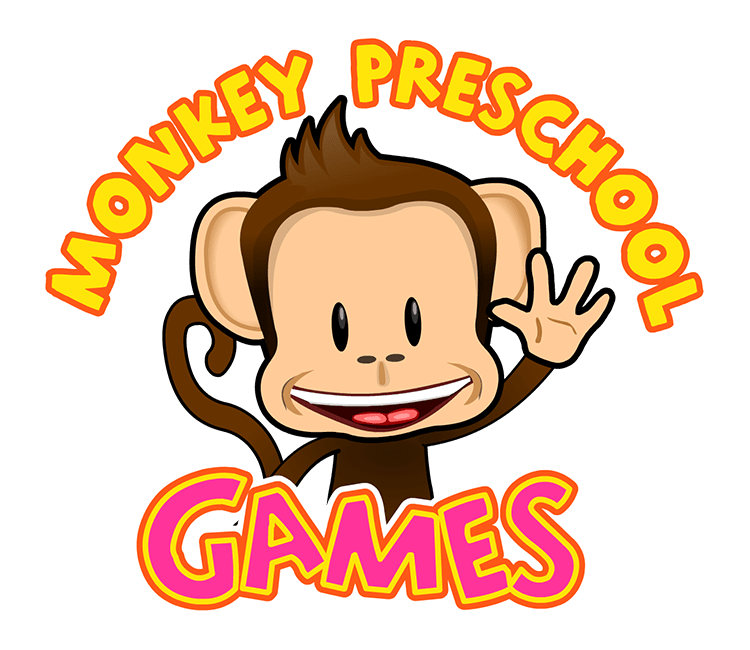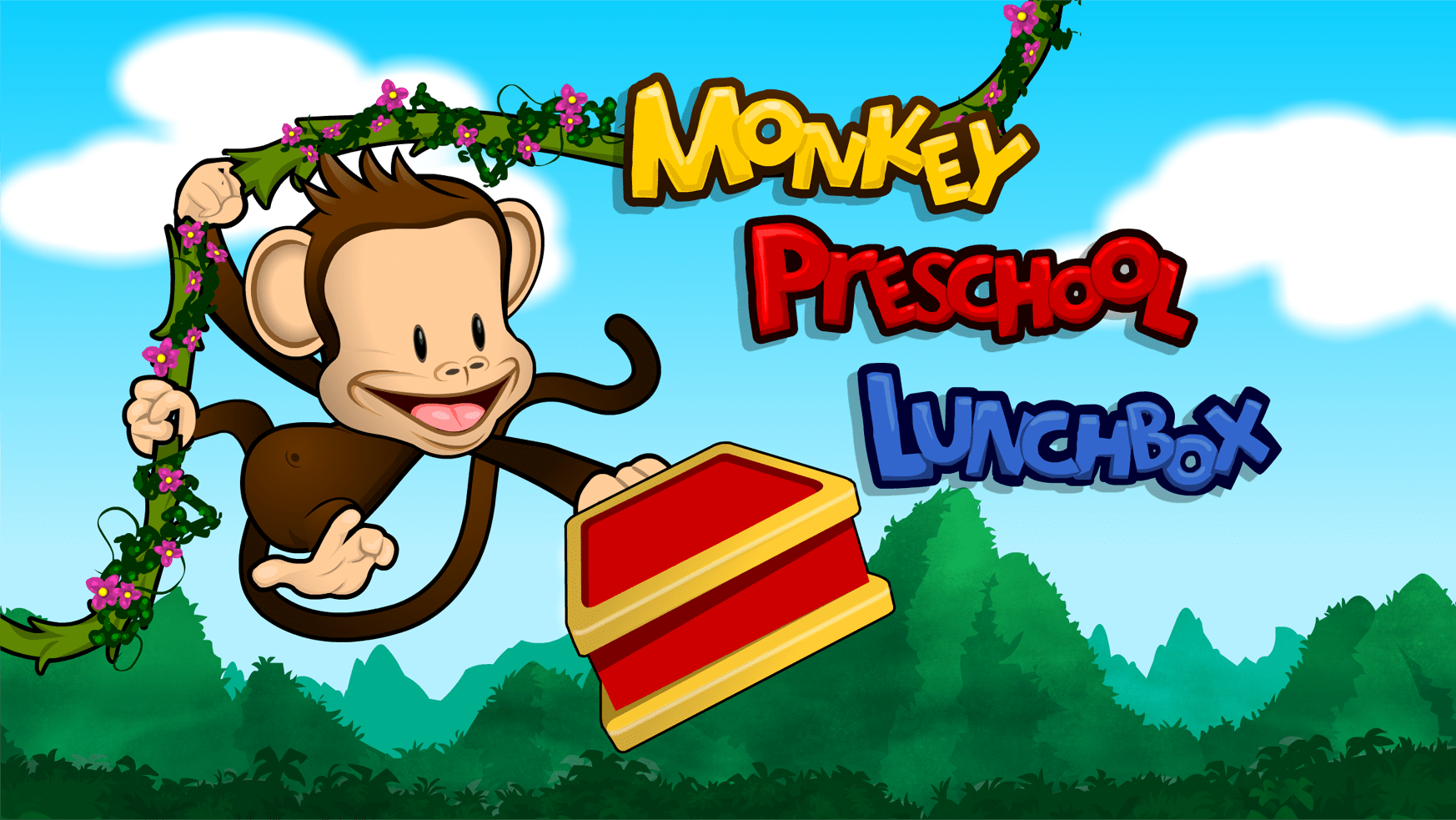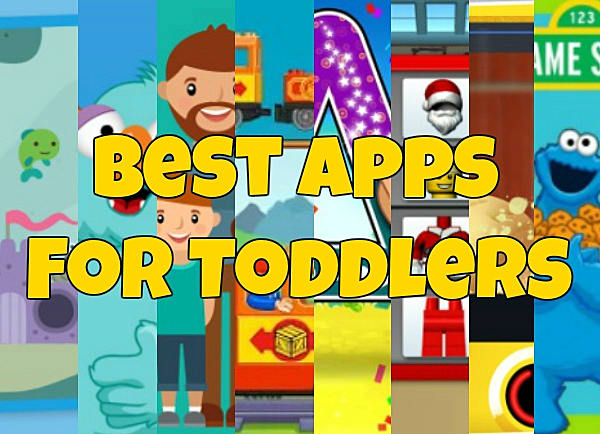

The bonus with Alien Buddies is the clean layout and easy-to-navigate app, leaving kids to get busy learning and playing. Additionally, an open-ended, responsive, choose your own adventure-style app is more likely to educational than one that is linear.īefore choosing an educational app for your child, do some research. While some apps work at developing specific skills Alien Buddies is a well-designed app for preschoolers which works on a variety of skills. They should actively engage your child and connect the content to their existing knowledge. Some apps are available for a monthly or yearly subscription fee, which can range from approximately $5 to $10 per month.Įducational apps for preschoolers should require them to do more than just swipe, watch a video, or push a button.
#FREE APP GAMES FOR PRESCHOOLERS FREE#
Other apps don’t have a free version and can be downloaded for a one-time cost, usually in the range of $1 to $4.

#FREE APP GAMES FOR PRESCHOOLERS FULL#
If you want to use the premium version and get full access, you can make in-app purchases. Some educational apps for preschoolers are free to download, but those versions sometimes offer limited features. Īpps may even do more harm than good when they take children away from interacting with their caregivers and other children. According to the American Academy of Pediatrics (AAP), the majority of apps advertised as educational “show low educational potential, target only rote academic skills (eg, ABCs, colors), are not based on established curricula, and include almost no input from developmental specialists or educators.” How Much Should Educational Apps Cost? Ideally, you should engage with media alongside your child to help them understand what they are seeing and apply what they learn to the real world. Toddlers 18 months to 24 months can start to enjoy some screen time with a parent or caregivers, and by ages 2 and 3, kids should watch no more than one hour a day. For more fun activities, check the rest of our website.The AAP recommends no screens for children younger than 18 months with one exception: video chatting. We hope your child enjoys these literacy games for preschoolers and early literacy activities. Especially if your child isn’t able to get a firm grip on a pencil yet, painting with fingers works like magic. This could turn out to be one of the most fun literacy games for kids. Then, have your child dip their finger in paint to form those letters on paper. First, call out names of different letters. If your child is able to now read letters, they could practice writing them too. We think this would be one of the best literacy activities! Create Fingerprint Letters Children could sift through these items, find the letter cutouts and try to identify each letter. Fill up this bin with sand, toys, and anything else you like.

Make Alphabet Sensory BinsĬut out letters from cardboard and place them in a bin. If they’re older kids, you could have them say a word that starts with that letter. When the child catches it, they should be able to identify the letter that’s facing them. Next, have your child throw the ball to another player. To begin, you must first write letters on a beach ball. Looking for more fun literacy activities? We’ve got another great one for you.

Try not to place the pillows too far apart this way, your child can jump from pillow to pillow without touching the floor.Īnd remember, they must say the name of the letter out loud as they jump to each pillow. Arrange these pillows around the room so that your child can jump on each pillow. All you have to do is write a letter on each paper plate and tape the plates to some pillows. It’s also a wonderful way to burn off excess energy. Here’s one of the best early literacy activities for kids at home. In this digital-physical game, kids get to build letters using squishy sticks & rings. Osmo’s ABCs game makes for one of the best literacy activities for preschoolers. An alternative is to first call out the name of a letter and then have your child aim for the corresponding cup. Once they’ve kicked it, they need to say the name of the particular letter on the cup. Ask your child to kick a soft ball towards these letter cups. Write a letter on each plastic cup and line these cups up in a row. We’ve listed some fun literacy activities for preschoolers below. The earlier you build a framework for literacy for your child, the more likely they are to grow to love reading and writing.


 0 kommentar(er)
0 kommentar(er)
